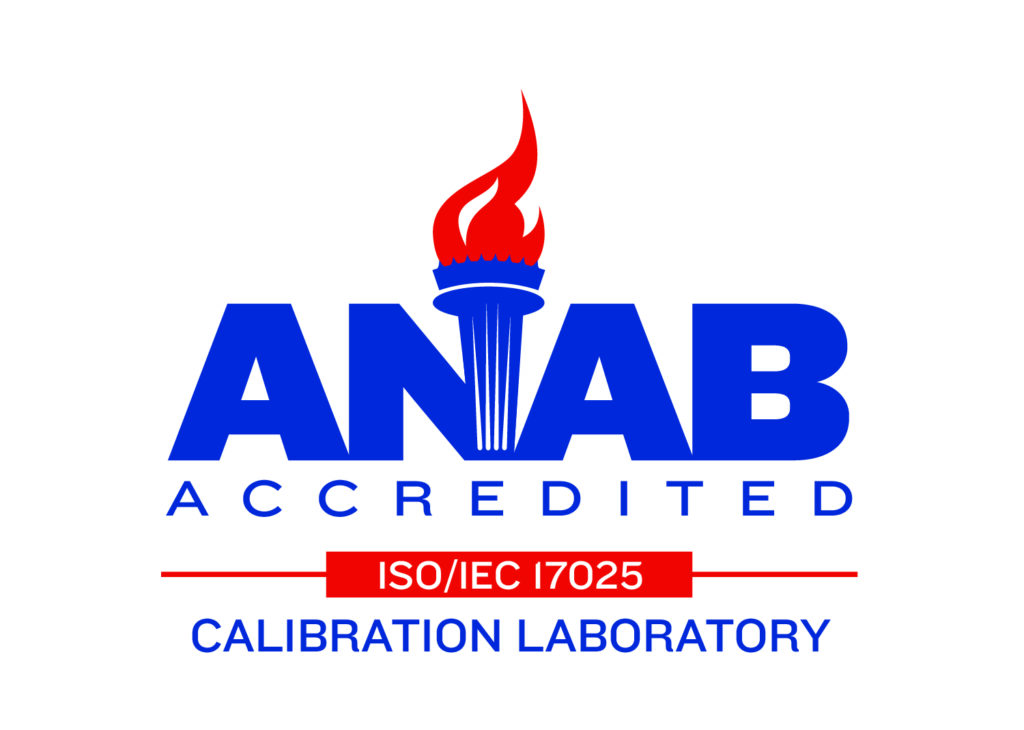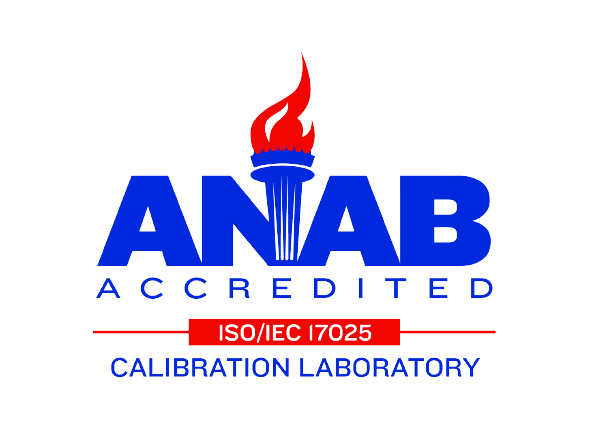Why is a torque wrench important?
Torque wrenches are commonly used in industries where precise torque specifications are critical. In automotive applications, torque wrenches ensure that lug nuts on car wheels are tightened to the manufacturer’s specified torque, preventing overtightening or under-tightening. They are also vital in engine assembly, securing engine head bolts to precise torque settings for optimal engine performance. In aerospace, torque wrenches are essential for the safety of aircraft, used to tighten bolts on engines and other critical components. Additionally, torque wrenches find use in construction, manufacturing, and any other setting where the accurate application of torque is necessary for the integrity and function of mechanical systems. If your torque wrench is not calibrated correctly, it can result in mechanical failures, safety hazards, or costly damages to equipment.
What are the signs that your torque wrench needs to be calibrated?
Signs that a torque wrench may require calibration include inconsistency in torque readings, especially if the same torque setting yields different results on repeated measures. If the torque wrench has been dropped or subjected to any significant impact, it’s advisable to check its calibration, as such events can affect its accuracy. Additionally, if the wrench has been overloaded beyond its rated capacity, it might also need recalibration. Regular calibration is recommended after every 5,000 uses or at least once a year, but more frequent checks are suggested if the wrench is used heavily or in demanding conditions.
How do I calibrate my torque wrench?
The process of how to calibrate a torque wrench involves cleaning the wrench, loosening the calibration adjustment knob, and using a precise torque tester to apply a load. Adjustments are made until the tester’s reading aligns with the desired torque value. This is the simplest way to calibrate your torque wrench. Other methods include using a calibration beam or weight, which can be a more manual process but still effective. The general steps include securing the torque wrench in a vise, measuring the distance from the square drive to the handle, and then hanging a weight at the measured point to apply the necessary force. Adjustments are made until the torque wrench indicates the correct setting when the weight is applied. Some professionals may also use a digital torque tester for a more modern approach, which provides electronic readings that can be more precise and easier to record.
Regardless of the method, regular calibration of torque wrenches is crucial for ensuring accurate torque application and maintaining the integrity of mechanical systems.
How to prevent a torque wrench from going out of calibration.
To prevent a torque wrench from going out of calibration, proper handling and storage are crucial. Always store the torque wrench at its lowest setting to relieve tension on the internal spring and mechanisms. Avoid using the torque wrench as a hammer or lever, as this can damage the tool and affect its calibration. It’s also important to keep the wrench clean and free from debris, which can impact its performance and accuracy. Regular maintenance checks, following the manufacturer’s guidelines for use, and avoiding overloading the wrench beyond its rated capacity will also help maintain its calibration. If the wrench is used frequently or in demanding conditions, consider more frequent calibration checks to ensure ongoing accuracy.
Where do you get your torque wrench calibrated?
To ensure the proper calibration of your torque wrenches, it is highly recommended to have it done at an ISO 17025 accredited laboratory. This accreditation includes not only the lab where the calibrations take place, but the competency of the personnel involved. For industries where precision is paramount, such as manufacturing, construction, and automotive, this can mean the difference between success and costly errors. The traceability of calibration results to national standards provides an additional layer of assurance and accountability.
CPS Ontario provides torque wrench calibration services at an ISO 17025 accredited laboratory. CPS also has a mobile torque tool repair and calibration truck that can come to you. If you are not in the Greater Toronto area, simply mail your torque tools to us and we will get them back to you quickly and properly calibrated.
How useful was this post?
Click on a star to rate it!
Average rating 0 / 5. Vote count: 0
No votes so far! Be the first to rate this post.
We are sorry that this post was not useful for you!
Let us improve this post!
Tell us how we can improve this post?



